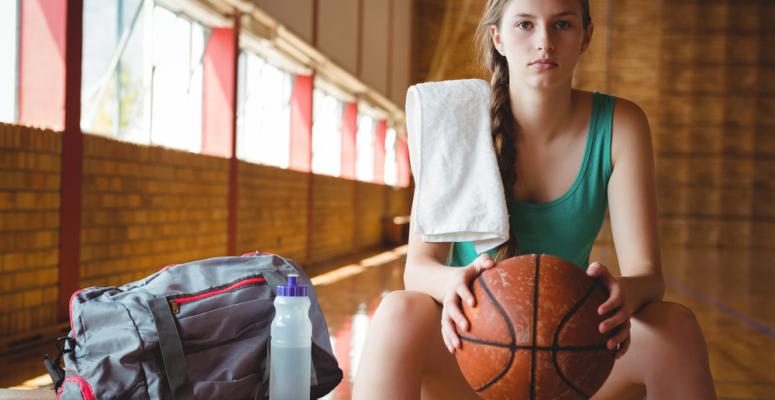
Basketball involves a range of physical activity. Whether running, jumping, sidestepping or squatting, basketball players are at a unique risk of knee pain. Overuse injuries like jumper's knee can be extremely painful and are just one of the most common knee injuries among basketball players. Thankfully, physical therapy can help prevent knee injury and pain before they happen.
How physical therapists can help basketball players avoid knee pain
Physical therapy doesn't have to begin after an injury happens. Physical therapists are trained to help basketball players avoid injury in the first place. Here are some steps that physical therapists might take to help basketball players address knee pain before it happens:
- Performing a gait evaluation ” Physical therapists can begin a basketball player's treatment plan with a thorough evaluation of their running and jumping positions. They are trained to notice small discrepancies in these positions that can lead to future injury. For example, if an athlete depends too much on one knee while running, that knee may become strained and overused. The other knee, meanwhile, may become weak due to underuse. Physical therapists can pinpoint these types of patterns before injury happens.
- Loosening tight knees ” Basketball players can make several sudden twists and turns during a game or practice. Doing this with tight, inflamed knees can increase an athlete's risk of ligament and muscle tears. Physical therapists can help patients build a specific exercise routine that targets their knee tightness and lessens inflammation. They can also release tension in the knee muscles by performing soft tissue mobilization, in which the physical therapist applies gente pressure to areas around the knee joint.
- Supporting vulnerable knees ” Strengthening the muscles surrounding the knee can be just as important as strengthening the knee muscles themselves. The upper and lower leg muscles, glutes, and ankles can help support and protect the knee joint. Strengthening them can be an effective method of cushioning the knees so that they are better protected at impact.
- Prescribing at-home exercises ” A physical therapy routine can offer better results with at-home exercises. Physical therapists can supplement a basketball player's treatment plan by educating them on effective at-home exercises. An at-home program can give athletes more opportunities to strengthen their knees and avoid injury on the court.
Alliance PTP is ready to help you find top-notch PT for knee pain linked to basketball
At Alliance Physical Therapy Partners, we're proudly bringing together physical therapy practices across the country to help people get the high-quality PT they need. Want to see a physical therapist in person? We can put you in touch with an Alliance PTP partner that's close to you and that can help you prevent knee pain while you play basketball.
Not keen on in-person PT sessions or not close to an Alliance PTP partner? No worries. We also offer effective and affordable virtual physical therapy through our Agile Virtual Physical Therapy platform.
Contact our team today so we can help you find the most effective physical therapy services for your injury or condition.
Get Help at a Location Near You
